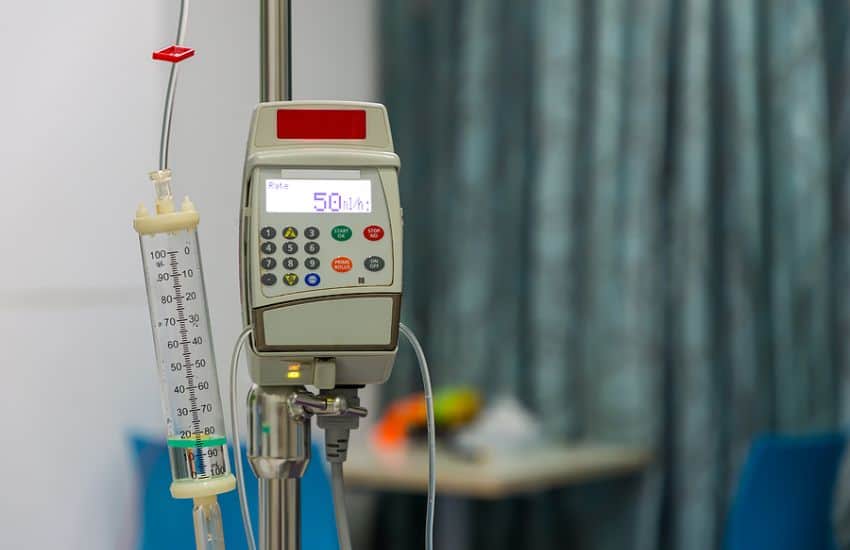Can you depend on your syringe pumps? Patients rely on them for administering life-saving medications, so proper functioning is critical. From insulin and enteral to patient-controlled analgesia devices, you need to be able to trust they’ll deliver your meds at all times. Gumbo Medical, LLC, addresses common issues associated with syringe pumps as well as solutions for proper pump maintenance.
Detect Pump Issues & Ensure Life-Saving Safety
Generally, the best solution for a faulty pump is to replace the pump using a new or certified product. Routine maintenance ensures optimal use and flow—and helps to identify any problem areas or leaks around the device.
Common Problems With Syringe Pumps
Syringe pumps are intended to supply medication intravenously. There are a few problems that can arise that are preventable and can be avoided or remedied by regular replacement of batteries and regularly checking the pump’s infusion rate accuracy. According to the U.S. Food and Drug Administration (FDA), some of the main syringe pump problems include:
- Physical Damage To The Device
- Software Errors
- Battery & Electrical Issues
Pump Issues Related To Breakage
If a syringe pump is dropped or damaged, the housing can crack. This can also happen from improperly positioned tubing, leading to leaks that cause the pump to malfunction. Medicine is lost when leaks occur, which is the last thing patients need, as they rely on precise doses.
- Unrepaired Damage Leads To Over-Infusion/Under-Infusion
- Misaligned Tubing Can Cause A Cracked Case
- Cracked Cases Can Lead To Leaks & Pump Malfunctions
Dealing With Software Mishaps
When error codes happen in medical devices, it’s a frustrating and mysterious experience. The pump has two switches located on either side of the device, which can be triggered, resulting in error messages. Restarting the system after rotating the lead screw appears to resolve these errors. A more worrying software issue is a “key bounce”—when the device interprets a single keystroke as multiple strokes, which can lead to a very high, multiplied infusion rate.
- Error Codes
- Key Bounce
Solutions for Electrical & Battery Issues
Electrical issues can arise in some cases, causing patients to receive shocks when plugging or unplugging the device. They may also smell a burnt odor and see char marks, sparks, or actual flames. Other times, what appear to be electrical problems and power failures may sometimes be caused by faulty batteries. Check the battery to ensure it’s charging or maintaining a charge when not plugged in—older batteries can stop charging or lose their charge quicker over time, needing replacement. Design issues can also sometimes cause battery overheating.
- Electrical Shocks When Plugging Or Unplugging
- Sparks, Charred Marks, Burnt Smell, Or Flames
- Older Batteries Need Replacement
- Battery Overheats Due To Design Issues
Ensure Your Syringe Pumps Are Running Smoothly
In addition to occurrences of physical malfunction, human error can also cause problems. Make sure you’re taking care of them properly and following the manufacturer’s directions.
- Read the manual thoroughly to understand error codes & troubleshooting.
- Replace batteries every one to three years.
- Use drivers for continuous medication delivery.
- Be aware that smart functions can be interrupted by radio frequencies, which can disrupt medication delivery.
*If this happens, consider using a refurbished syringe pump that tracks dosing by serial number instead of radio frequency, as suggested by the Institute for Safe Medication Practices (ISMP).
Shop For Certified Refurbished, Used Hospital Equipment Today
A cost-effective solution to malfunctioning or irregularly running syringe pumps is replacing them with certified refurbished versions. Ensure your medical equipment is up to date and reliable—contact us at Gumbo Medical, LLC, to find suitable syringe pumps for your business today.

